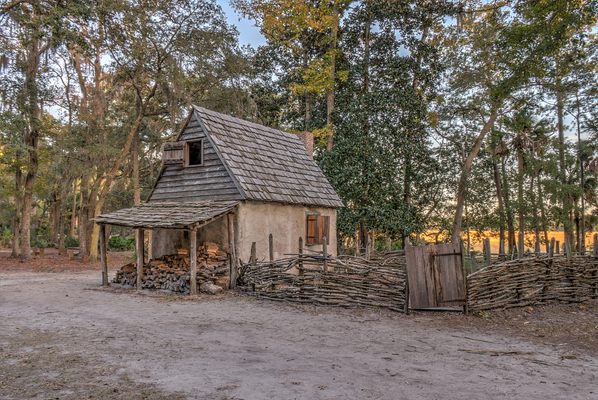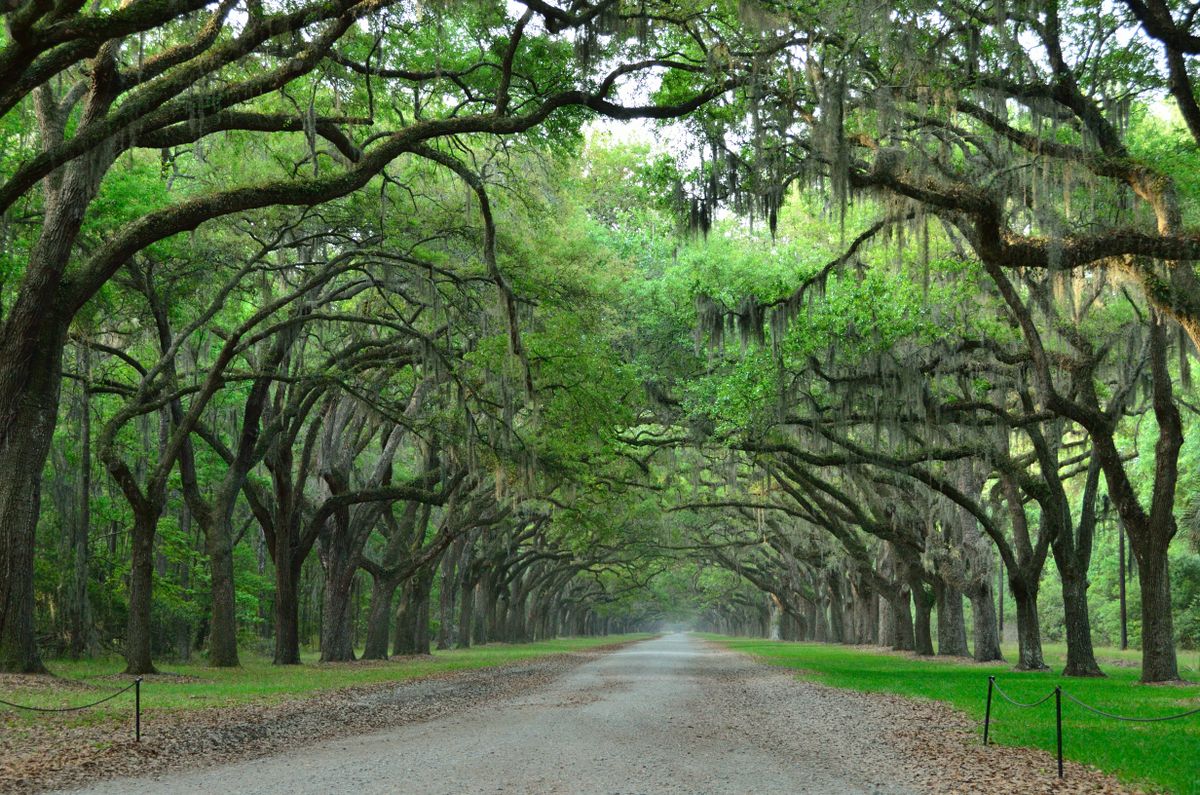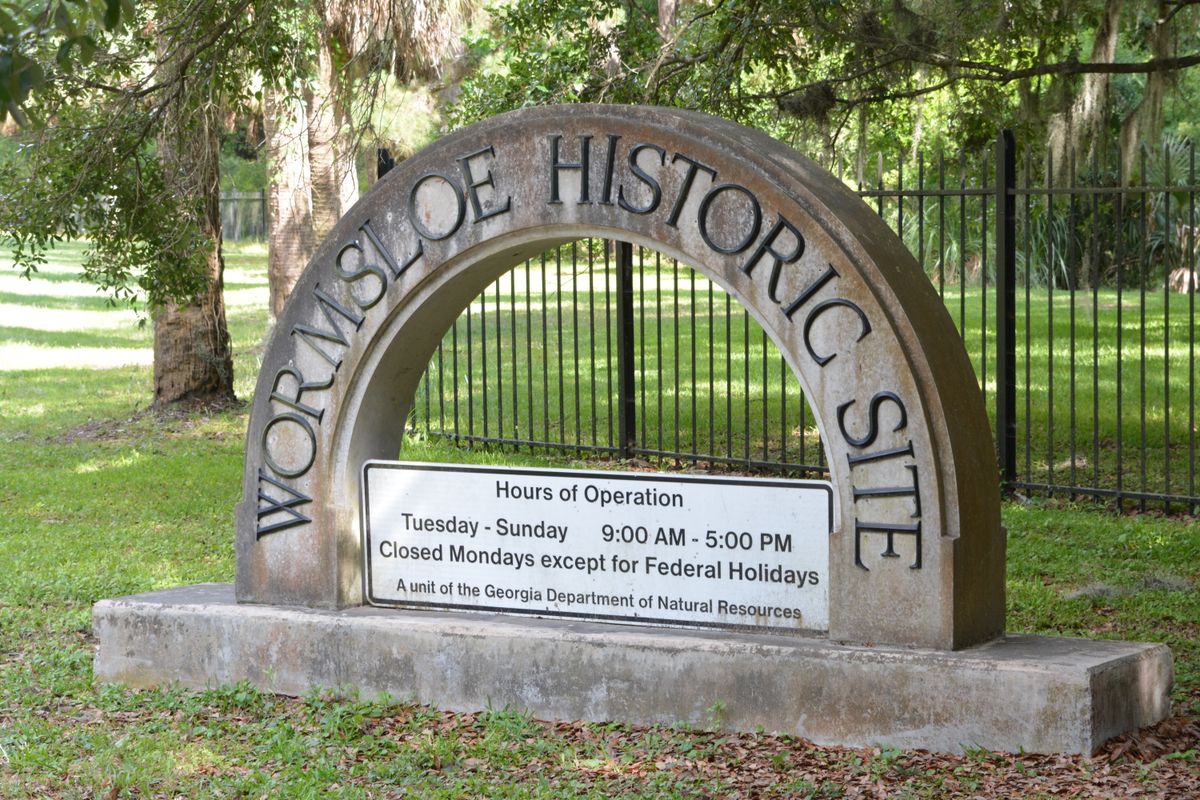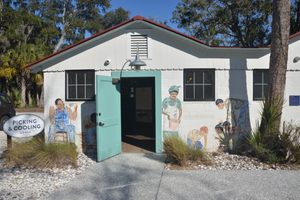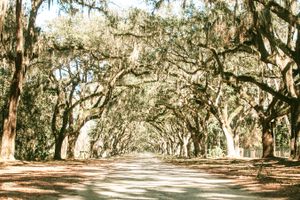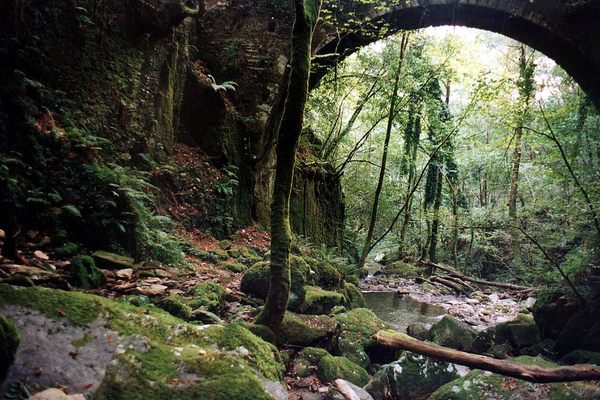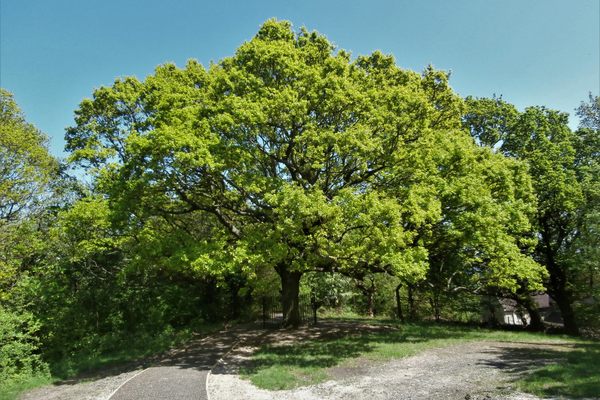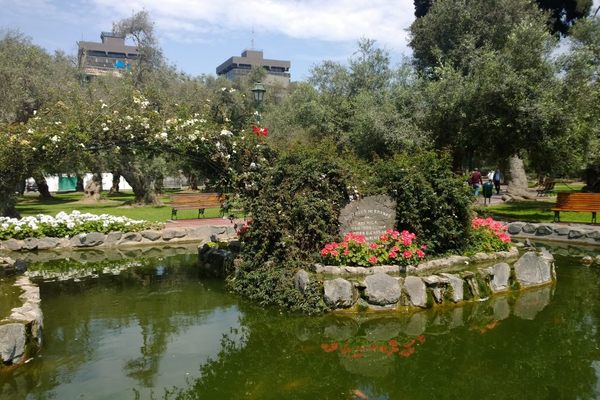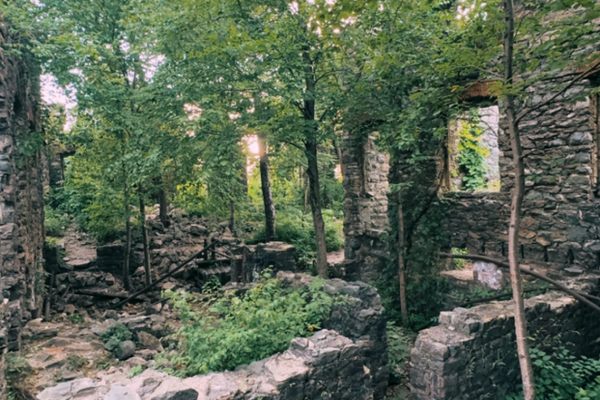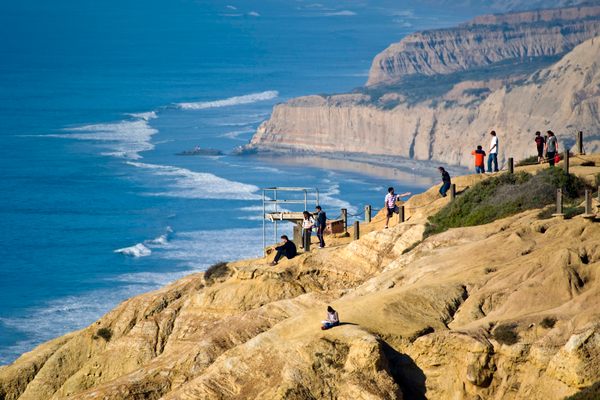About
The avenue leading into the Wormsloe State Historic Site is lined with hundreds of towering oak trees draped in Spanish moss, creating a canopy that makes it one of the most photogenic spots in Georgia. It also leads to the oldest standing structure in Savannah—the Wormsloe Tabby Ruins.
These ruins were once a fortified house built by carpenter and British colonist Noble Jones around 1737. It was part of an elaborate network of defensive structures established by James Oglethorpe, Georgia’s founder. For early Georgia colonists such as Noble and Oglethorpe, the house played an important role in protecting Savannah from external forces, such as Indigenous tribes and potential Spanish invasion.
“Tabby” was introduced to American colonies by early European settlers, particularly the Spanish in Florida, and later adopted by British colonists. It is believed to have been inspired by the ancient Roman opus caementicium concrete. Early 18th-century colonists adapted this method using locally available materials—oyster shells abundant along the Georgia and South Carolina coastlines—since European brick and stone were expensive.
Tabby concrete combined lime, sand, water, and oyster shells harvested from the local waters, then boiled to create lime. This produced a thick, concrete-like paste, which was poured into molds for walls and foundations. The resulting construction was sturdy and gave colonial tabbies a distinct texture and appearance.
The tabby house on Wormsloe, named after the British township which Jones came from (Wormslow Hundred, Herefordshire), was strategically positioned to overlook a key water route for ships during the era. With walls once standing eight-feet-tall, the dominating structure protected the estate and a company of marines under Jones’ command. Today, only small, wilted fragments of the ground-level foundations remain, eroded due to coastal weathering, as well as damp maritime forest conditions and the humid climate.
Jones died of natural causes in 1775 at the beginning of the American Revolution. In 1973, the state of Georgia acquired most of the property from his descendants. Today, the estate is a historic site with a museum of artifacts unearthed around the estate, and a place where historical reenactments educate visitors on the everyday lives of marines and slaves during colonial Georgia.
Related Tags
Know Before You Go
On the Georgia State Parks website, you’ll find a calendar of programming and events held at the historic site. The most popular is the annual Colonial Faire and Muster in February, when aspects of 18th-century colonial life—from music to dancing, crafts, military drills, and the use of artisan tools and techniques—are reenacted.
Sponsored by Visit Savannah. Click here to plan your trip and uncover Savannah’s surprises.

Community Contributors
Added By
Published
March 27, 2025


